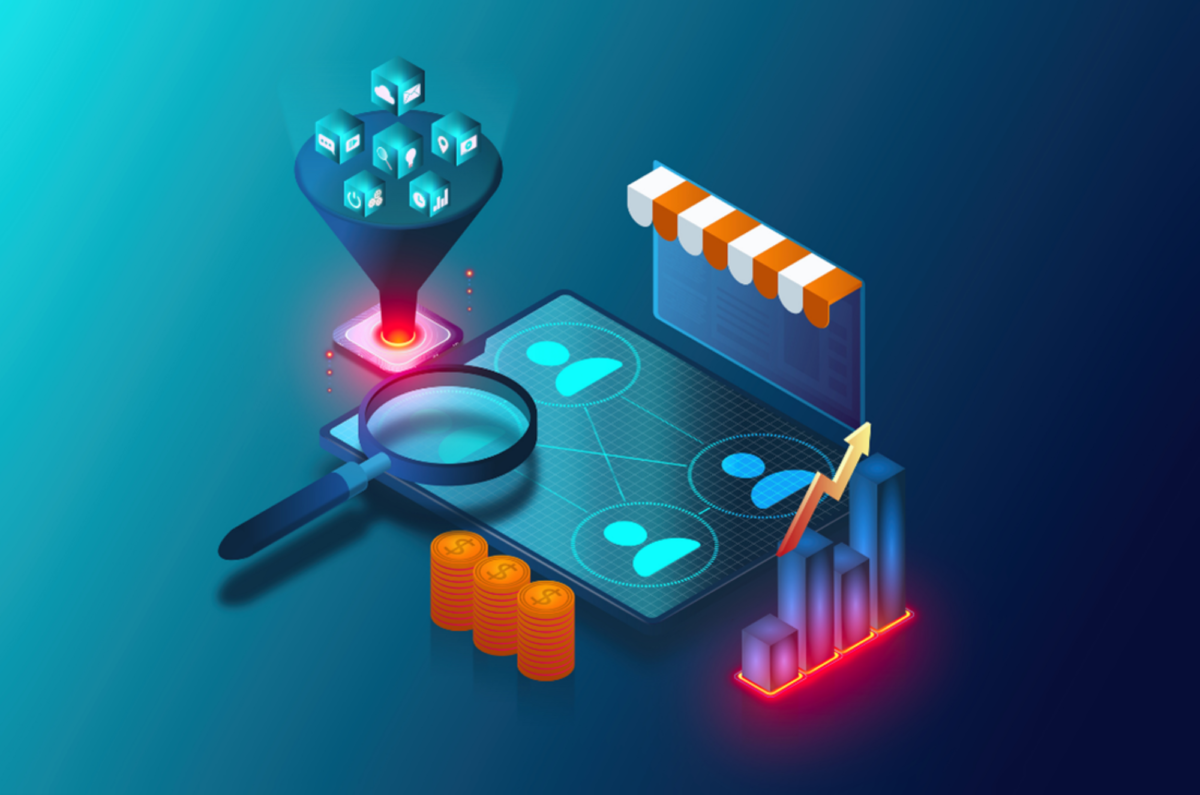By now, chances are you have heard all the industry buzz around Customer Data Platforms and the benefits they can provide to your organization. At their core, all CDPs should look to eliminate data silos by providing advanced data unification capabilities as well as deterministic and/or probabilistic identity resolution algorithms. Beyond that, capabilities will vary by provider, but can include dashboard reporting, artificial intelligence and machine learning for behavioral segmentation, campaign orchestration, and omni-channel activation.
Presently, personalization across marketing channels has become the holy grail, with more than 50% of marketers placing it at the top of their priority list. And it’s no wonder, as a whopping 80% of consumers are more likely to make a purchase when their experience is personalized, and 91% are drawn to brands that promote relevant offers and recommendations. For many, this is where a CDP comes into play with AI/ML product recommendation engines, predictive models, generative AI for personalized subject lines and messaging, and other 1:1 marketing capabilities. However, despite all of this, a staggering 63% of marketing leaders struggle to deliver personalized experiences, and experts predict that 80% of them will likely abandon their efforts in the coming years due to a lack of ROI, including those that introduced a CDP into their MarTech ecosystem.
They are not alone. In addition to these marketers on the hunt for the personalization grail are others who ventured into the space for reasons perhaps unknown, even to them. If you’re thinking about buying and adding a CDP to your marketing technology stack, don’t until you read further. Here are the top 5 things that are sure to doom any CDP implementation:
1. Lack of a Clear Objective
Business goals and objectives should be clearly and concisely defined from the beginning. These shouldn’t be a plethora of bullet points, but rather 1-2 sentences that are easy to understand and align with the organization’s strategic vision. Confusion breeds chaos, chaos causes frustration, and quite frankly, it’s expensive.
2. Poor Data Quality
We have all heard the saying, garbage in, garbage out. CDP features like identity resolution, AI/ML modeling for recommendations and predictions, as well as audience segmentation, aggregation, and analytics, are all dependent upon data quality. Poor quality leads to unpredictable and inconsistent results and those results are what drive your personalization. If it’s wrong, how will it ever be relevant to the customer?
3. Inadequate Capabilities
Oftentimes there are established providers already playing a role in your tech stack and it may seem easier to go with their product rather than deal with other product demos, RFPs, and procurement. And once you do, you may discover that their solution doesn’t solve your organization’s challenges. There are 4 categories of CDPs, each layering in additional features and capabilities specifically meant to address challenges pertaining to data management, data integrations, marketing automation, audience orchestration, reporting and analytics, content management, and even channel activation. Conducting a thorough readiness assessment of your current marketing technology is imperative to determine your needs.
4. Overcomplicated and Slow to Launch
You must be able to think small to win big. Crawl, walk, run is critical to success. Attempting to solve everything prior to going live isn’t realistic. Like establishing a clear objective, you also must define use cases that are easy to obtain and get in market fast. Once live, you can iterate on them to increase the overall complexity by adding features like AI/ML product recommendations or behavioral predictions. This phased approach is faster and allows you to recognize a return on investment more quickly. Failing to establish these quick win scenarios can cause a 6-week implementation to stretch to 6 months.
5. Adoption and Training
Providers can vary when it comes to online training materials, certification tracks, professional services, and support. Couple that with limited or low utilization of your chosen platform by your end-users and you are in for a disaster. So, how do you foster platform adoption and ensure long term success? The best way I have found is by avoiding reasons 1-4 and having your end-users involved throughout the implementation. Keep the timeline short by focusing on short wins you can iterate and that align with the goals and objectives you previously set.
While CDPs can be incredibly powerful tools that solve a lot of problems, failure to adequately prepare will ultimately lead to costly implementations that often result in low platform adoption and eventual deprecation of the solution altogether. Agency partners, like Ansira, can help. Let us conduct an Organizational Readiness Assessment to isolate and rank your needs. As your partner, we can also conduct in-depth product evaluations to formulate recommendations that best fit your organization, both today and into the future. Our goal is to reduce your implementation costs and timelines with strategies and solutions that grow with you, so you can see a clear return on your investment. To schedule an assessment or to speak with one of our CDP experts, contact us today.

